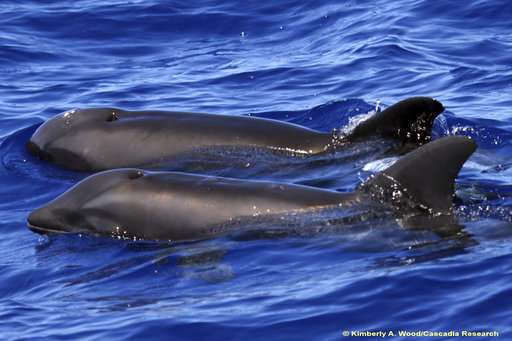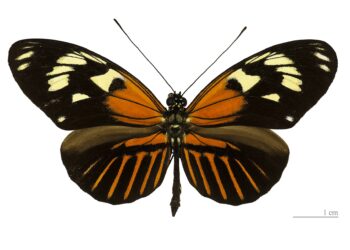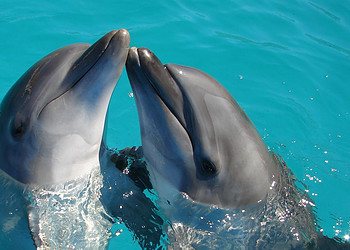For the first time, biologists have reported the sighting of a hybrid between a melon-headed whale and a rough-toothed dolphin, off the coast of Hawaii. Just don’t call it a ‘wholphin’, they say.

Here’s the thing. The rough-toothed dolphin (Steno bredanensis) is a species of dolphin that enjoys deep warm and tropical waters around the world. The melon-headed whale (Peponocephala electra), despite its name, is also a dolphin. So while it is still a hybrid, it’s a dolphin-dolphin hybrid — not a dolphin-whale one.
“Calling it something like a wholphin doesn’t make any sense,” said one of authors of the study describing the hybrid, Robin Baird, a Hawaii research biologist with Washington state-based Cascadia Research Collective. “I think calling it a wholphin just confuses the situation more than it already is.”
The rather unfortunate name ‘wholphin’ has stuck around since the 1980s, when a hybrid between a false killer whale and an Atlantic bottle-nose dolphin was reported by Hawaii’s Sea Life Park. That hybrid, called Kekaimalu, still lives at the marine mammal park, and is fertile — she has given birth to a calf at least once. But Kekaimalu, like this newly-observed hybrid, is not a whale-dolphin hybrid because, despite the name, false killer whales (Pseudorca crassidens) are also dolphins, not whales. This is why most biologists are averse to using the term ‘wholphin’ although it has caught on, particularly in the media.
Its name aside, the sighting suggesting that the ocean is even more diverse than we thought, and gives researchers a push to look for other hybrids, Sea Life Park curator Jeff Pawloski said.
“I always thought they were out there in the wild existing—it only makes sense,” he said. “And to know she has cousins out there in the ocean is an amazing thing to know.”
At this point, it’s unclear how many such dolphin hybrids exist in the wild and barring chance sightings, it’s difficult to carry out a larger study of their occurrence. However, we do know that hybrids are more likely to appear when there’s a decline in the population in one of the parental species, so that’s a good place to start looking.
As for how this particular individual came to be, it seems likely that a melon-headed whale got separated from its group and ended up traveling with rough-toothed dolphins.
It’s important to note that this is not a new species — although hybridization can lead to the emergence of a new species, there’s no indication that this is the case here. Lone hybrids are most often reabsorbed into the genetic bank of one of the two species, or cannot reproduce themselves.
“That isn’t the case, although there are examples where hybridization has resulted in a new species,” Baird said. “There’s no evidence to suggest it’s leading toward anything like species formation.”






